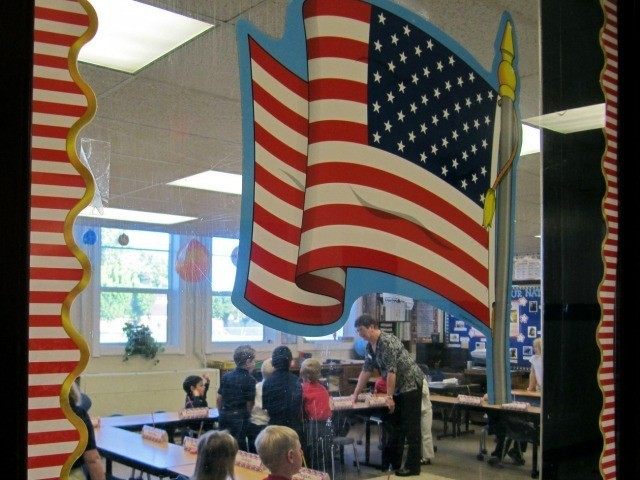The Trump administration aims to work “hand in hand” with localities to move toward reopening schools in the fall, as some states, like Florida, begin to craft their statewide plans.
The administration hopes to work closely with local governments across the nation to reopen schools for the upcoming academic year, following an early end to the 2019-2020 academic year due to the coronavirus pandemic.
While skeptics voice concerns over the growing number of coronavirus cases, and fear looms over a second wave of the virus, a senior administration official pointed out that the initial school closures were made by local jurisdictions.
“The CDC never recommended school closures because they didn’t believe that was an effective strategy,” the official said, according to Fox News:
But these decisions are local decisions, and our goal is to work hand-in-hand with local jurisdictions to make sure to see the best ways to reopen schools in a safe way, and get back to where we would have really preferred to have been in spring, which is to have an active educational component available to the students.
“It is such an important component of our communities and important for the well-being and health of individuals that are school age,” the official added.
Florida took a concrete step in reopening schools on Monday, as Florida Department of Education Commissioner Richard Corcoran signed an executive order requiring “brick and mortar schools” to open “at least five days per week for all students.”
Education “is critical to the success of the state and to an individual, and extended school closures can impede educational success of students, impact families’ well-being and limit many parents and guardians from returning to work,” the order stated, adding that it the necessity goes beyond academics alone.
“Schools provide many services to students that are critical to the well-being of students and families, such as nutrition, socialization, counseling, and extra-curricular activities,” the order added.
While the coronavirus remains a significant concern moving forward, the administration official stressed that the “biggest risk for K-12 and higher learning is that those individuals get infected and transmit to someone more vulnerable.” The virus does not tend to affect the younger demographic, particularly children, in the same way it does the elderly and those with pre-existing health conditions.
The news follows the president’s call to reopen schools in the coming months, declaring on Monday, “SCHOOLS MUST OPEN IN THE FALL!!!”
“Corrupt Joe Biden and the Democrats don’t want to open schools in the Fall for political reasons, not for health reasons!” he said in another tweet. “They think it will help them in November. Wrong, the people get it!”:
Corrupt Joe Biden and the Democrats don’t want to open schools in the Fall for political reasons, not for health reasons! They think it will help them in November. Wrong, the people get it!
— Donald J. Trump (@realDonaldTrump) July 6, 2020
The American Academy of Pediatrics (AAP) also “strongly advocates that all policy considerations for the coming school year should start with a goal of having students physically present in school,” emphasizing the “importance of in-person learning,” noting the dangers of social isolation, and contending that schools play a “critical role in addressing racial and social inequity.”
“SARS-CoV-2 appears to behave differently in children and adolescents than other common respiratory viruses, such as influenza, on which much of the current guidance regarding school closures is based,” the AAP said as part of its pitch to reopen schools:
Although children and adolescents play a major role in amplifying influenza outbreaks, to date, this does not appear to be the case with SARS-CoV-2. Although many questions remain, the preponderance of evidence indicates that children and adolescents are less likely to be symptomatic and less likely to have severe disease resulting from SARS-CoV-2 infection. In addition, children may be less likely to become infected and to spread infection. Policies to mitigate the spread of COVID-19 within schools must be balanced with the known harms to children, adolescents, families, and the community by keeping children at home.
“After weighing what we know about children and the coronavirus, we really strongly advocate that the goal should be to have students physically present in the school,” AAP President Dr. Sara Goza said during an appearance on Fox News Channel’s The Daily Briefing last week.
“We do know that health officials and school officials and parents are going to have to be able to be nimble and flexible and ready to switch gears based on what their community’s prevalence of COVID-19 is,” Goza added.

COMMENTS
Please let us know if you're having issues with commenting.